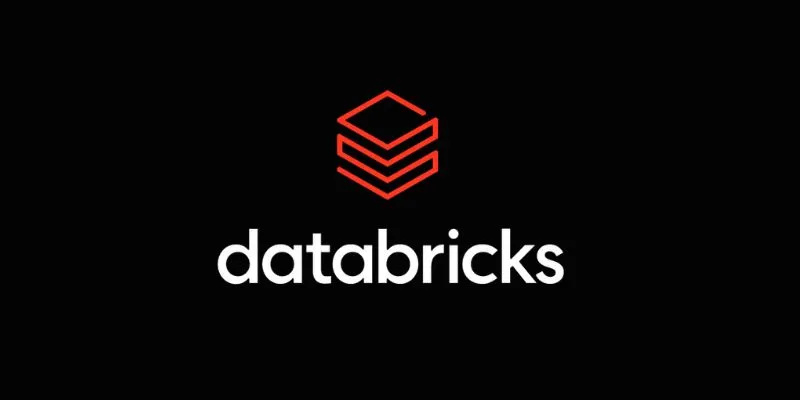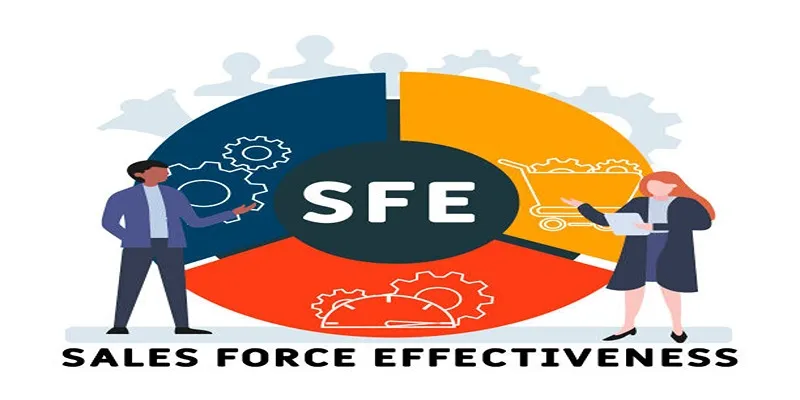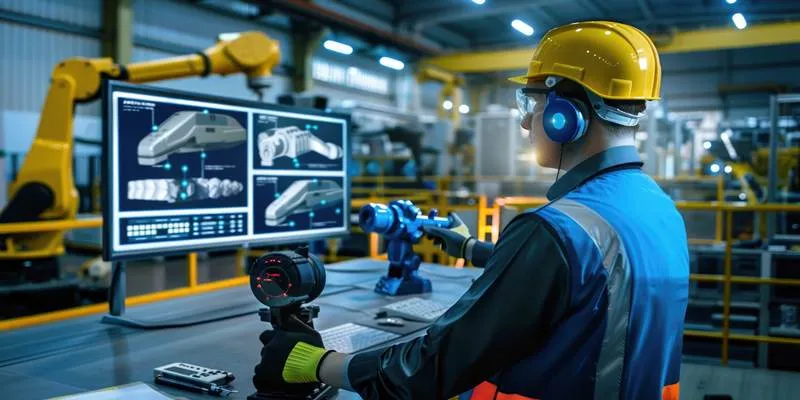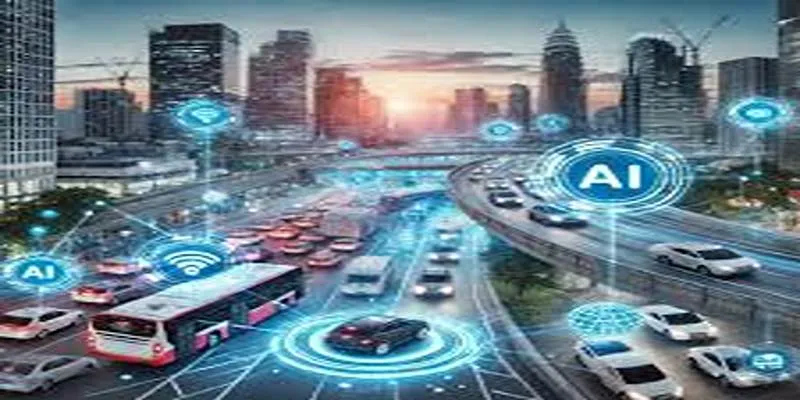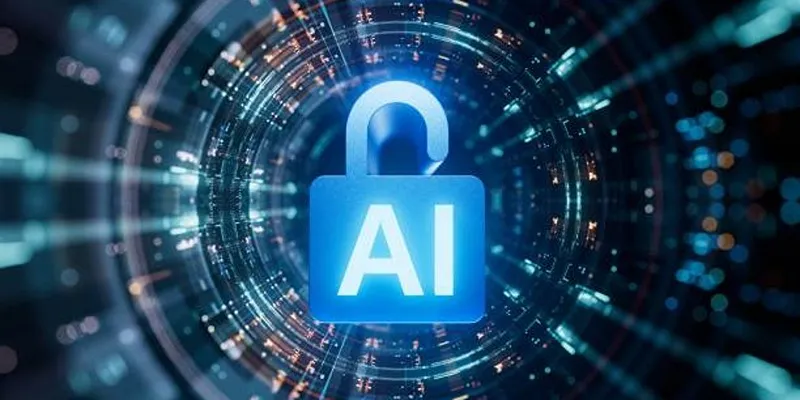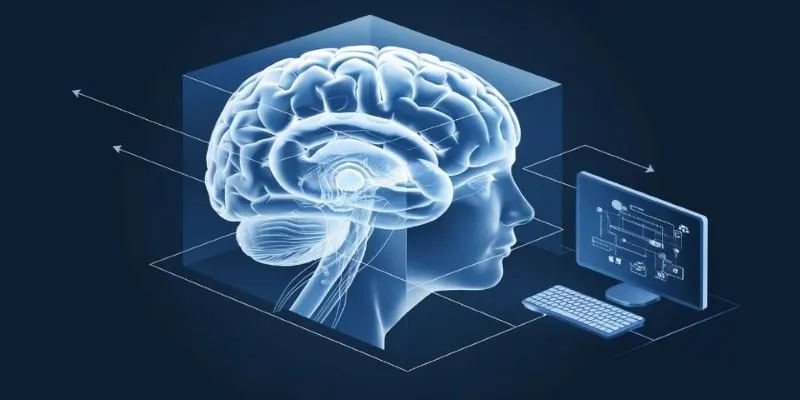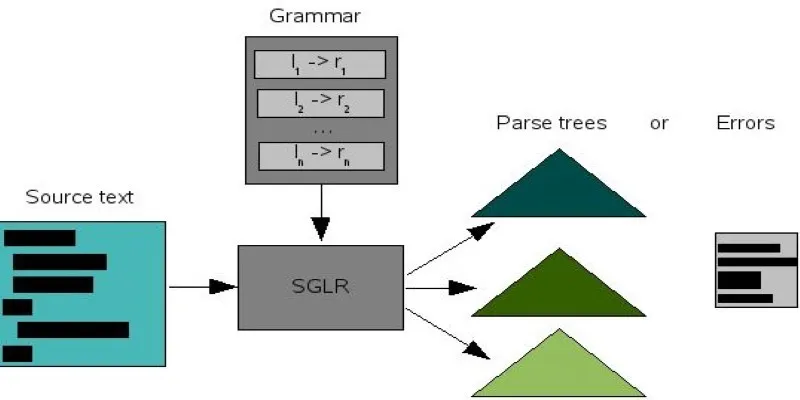Cyberattacks are evolving, largely due to advances in artificial intelligence (AI). In 2025, IT professionals will face smarter cyber threats, as modern hackers leverage AI to launch rapid and adaptable assaults. These AI-driven cyberattacks are increasingly difficult to detect and prevent, placing significant pressure on IT teams to safeguard networks, systems, and data from these sophisticated threats.

Why AI-Driven Attacks Demand New Approaches
Traditional security measures are often inadequate against AI-enhanced threats. Staying ahead requires innovative strategies to not only reduce risk but also improve response times and bolster defenses. Let’s explore how IT professionals can maintain an edge in this rapidly changing digital landscape.
Step 1: Enhance Threat Detection with AI
To counter AI-driven attacks, IT teams must adopt equally intelligent tools. Conventional security solutions often miss these emerging threats, so implementing AI in defense is crucial. AI-powered security tools can detect unknown threats early by analyzing patterns and identifying unusual behavior, providing IT teams with crucial time to respond before damage occurs. Machine learning enables systems to learn normal traffic patterns and detect subtle deviations, allowing for rapid identification of data leaks, hidden malware, and phishing attempts.
Step 2: Foster a Strong Cybersecurity Culture
While technology plays a critical role, human elements are equally important. Many attacks start with human error, and AI-enhanced phishing techniques are more convincing than ever. Training employees to recognize and report suspicious emails is vital. IT professionals should lead regular training sessions, promoting cybersecurity as a shared responsibility. Encouraging safe practices and establishing clear procedures helps maintain quick response times and minimizes panic in the event of a breach.
Step 3: Stay Updated with Real-Time Threat Intelligence
AI-driven attacks evolve rapidly, making real-time threat intelligence essential. IT teams must stay informed about new threats to anticipate and counter attacks effectively. By leveraging threat intelligence tools, IT managers can monitor emerging attack patterns and understand the targets affecting other organizations. Automated threat feeds that update security systems in real-time are particularly valuable, ensuring robust and timely defenses.
Step 4: Regularly Test and Strengthen Systems
Even robust systems have vulnerabilities, and AI-savvy hackers are constantly seeking them out. Regular testing, such as penetration tests and red team drills, is essential for identifying and addressing weaknesses before attackers can exploit them. These exercises simulate real-world attacks, allowing IT teams to understand their current security posture and improve it. Keeping systems updated and promptly addressing vulnerabilities further reduces the risk of attack.

Why IT Pros Must Lead the Way
In 2025, IT professionals are at the forefront of defending against smarter, faster AI cyberattacks. They must lead with proactive planning, testing, and training, extending beyond tools and software to include strong leadership and clear communication. Engaging other departments, such as management, HR, and marketing, in cybersecurity efforts ensures a more comprehensive defense. IT leaders must also advocate for necessary resources and investments to preemptively strengthen defenses.
Conclusion
AI-driven cyberattacks will challenge IT professionals more than ever in 2025. To stay ahead, it’s imperative to implement AI-enhanced threat detection, cultivate a strong cybersecurity culture, stay informed with real-time threat intelligence, and routinely test systems. IT leaders must spearhead these efforts, fostering collaboration and effective communication across the organization. Cybersecurity is now a collective responsibility, and with the right strategies, IT professionals can protect both systems and people, remaining one step ahead of cyber threats.
For further reading on cybersecurity best practices, visit Cybersecurity & Infrastructure Security Agency (CISA) and explore their resources.
 zfn9
zfn9

